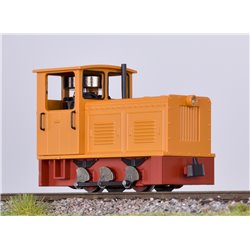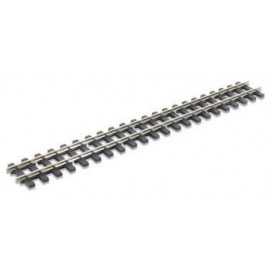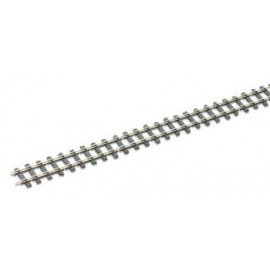When choosing turnouts for your layout, you may have noticed there is a choice between turnouts with insulated frogs...
No products
Product successfully added to your shopping cart
There are 0 items in your cart. There is 1 item in your cart.
Search Tips
Christmas and New Year
We are dispatching orders every weekday apart from Christmas Day, Boxing Day and New Year's Day.
If you order is time critical, select next day delivery at checkout.
The shop in Sandown is closed from 25th December, reopening on 30th December.
What scale is HOe?
HOe is a scale used by modellers in mainland Europe to construct layouts portraying a narrow-gauge railway with a prototypical track gauge of between 650 and 850mm (25.59–33.46 in).
HOe scale trains run on model-track with a gauge of 9mm between the rails, this is the same as N gauge track although it would be more common to see them running on 00-9 gauge track (which is roughly the same as N gauge but with different sleepers to emulate a narrow-gauge railway rather than a mainline).
It would be easy therefore to imagine that HOe trains are tiny like N gauge ones, but don't forget that the models are representing a narrow-gauge railway, so although the tracks are narrow, the engines would be much larger and fit into a world around them modelled in HO gauge (1:87 scale).
HOe scale is used to model numerous gauges of narrow-gauge railways. This is because there are so many narrow-gauges in real life that it would not be commercially viable to cover them all and any differences in proportions and size when scaled down are too insignificant to be of any great concern to the average modeller.
Click here to receive the tips weekly in your mailbox. You can unsubscribe at any time.










